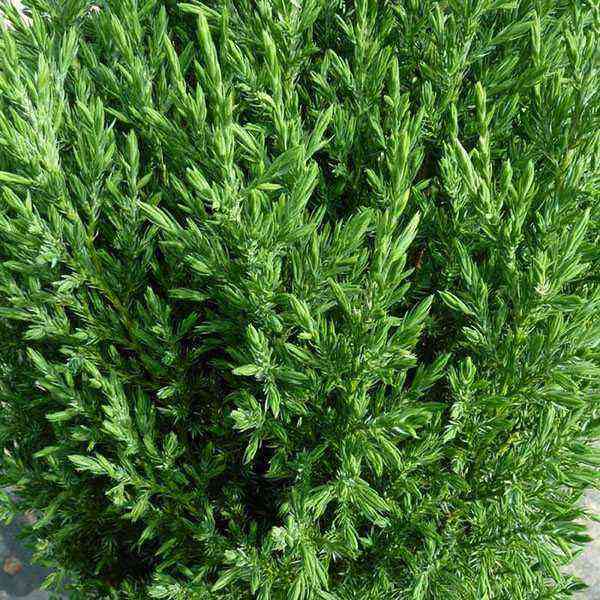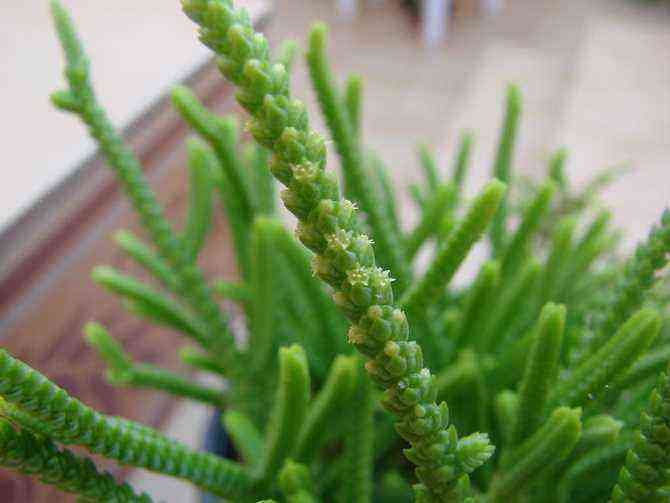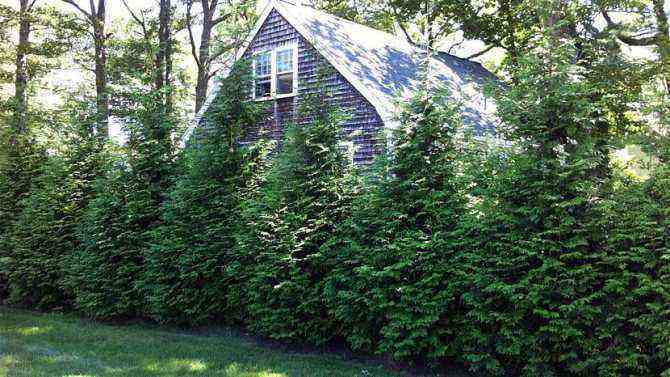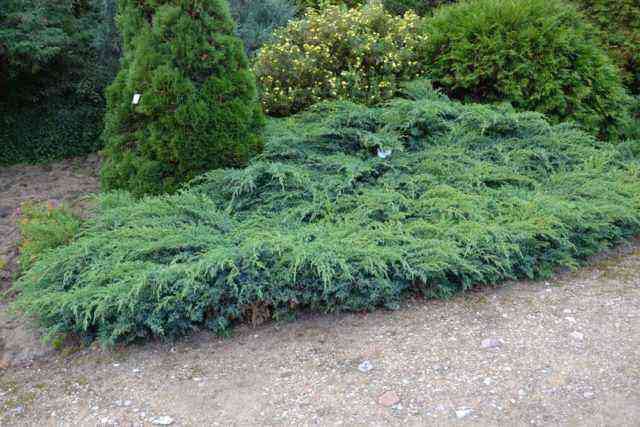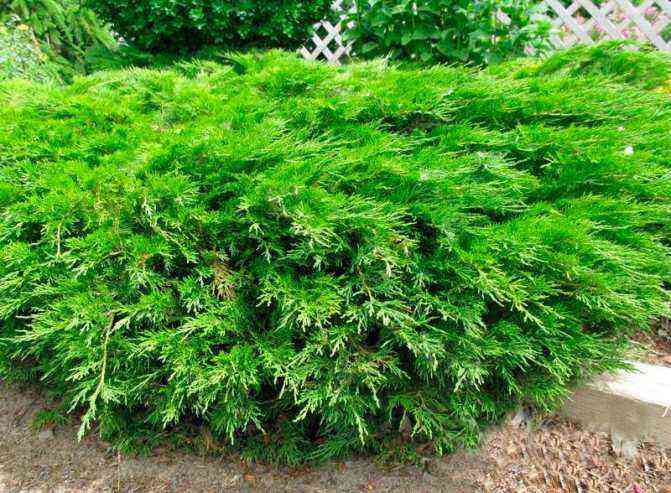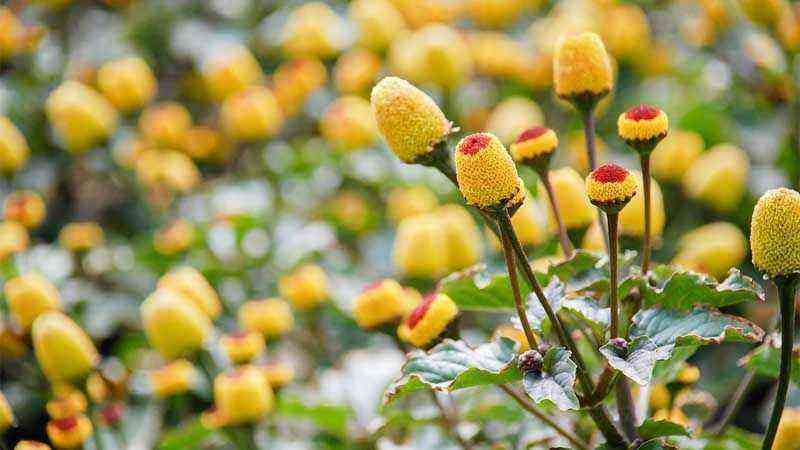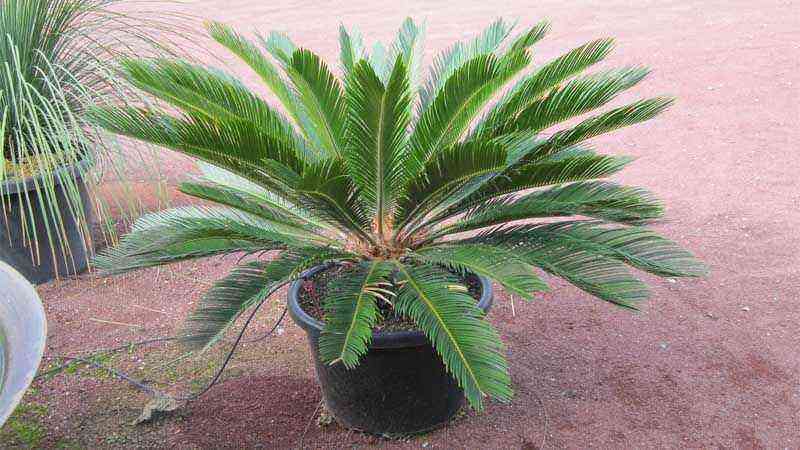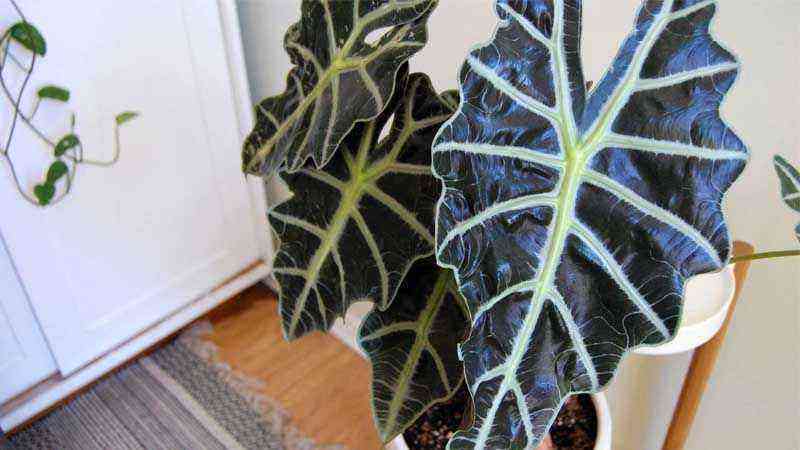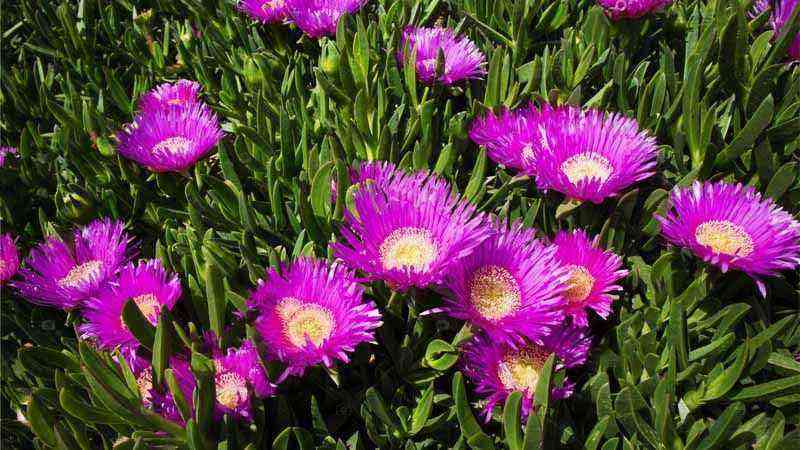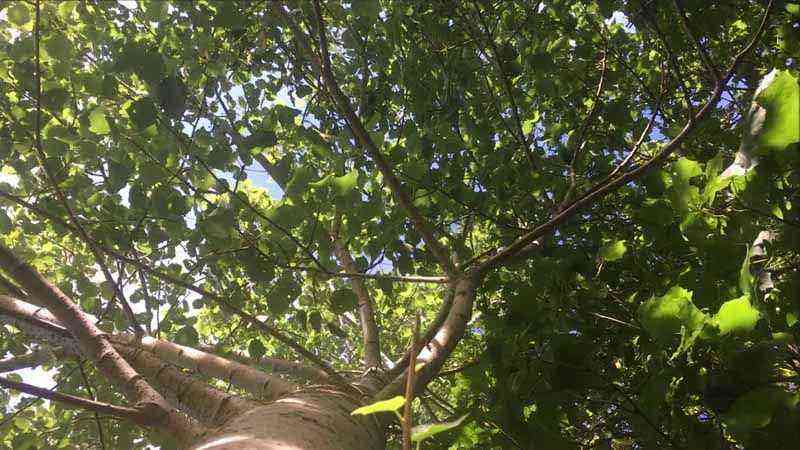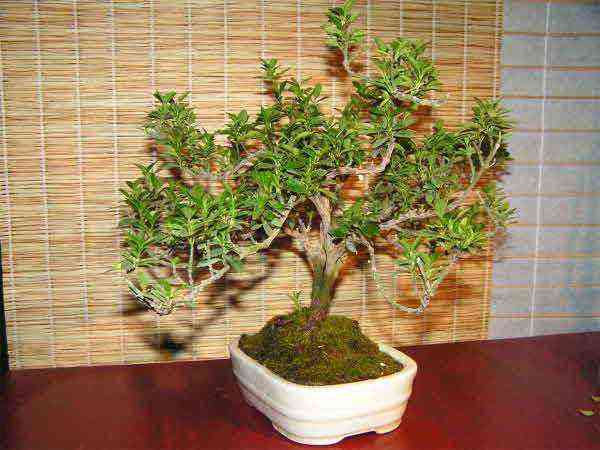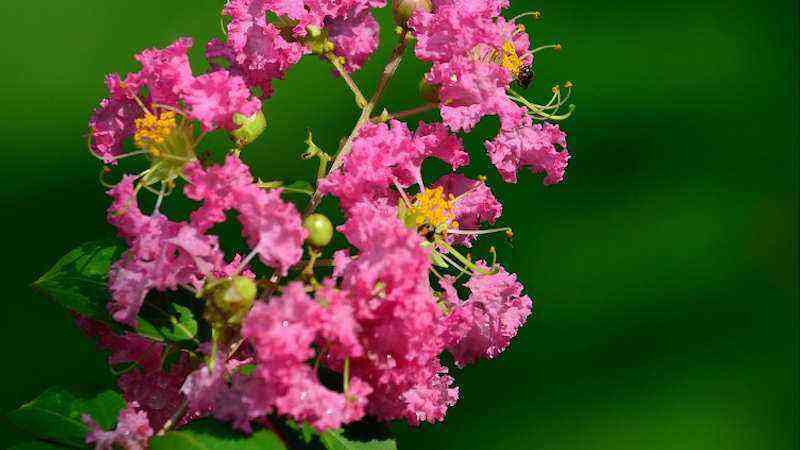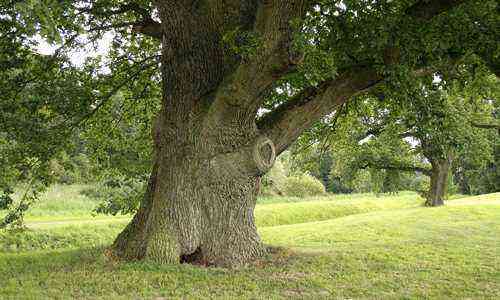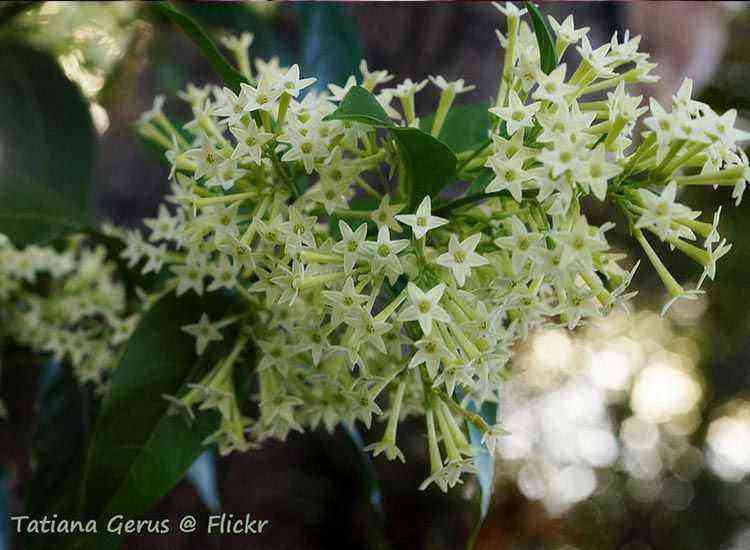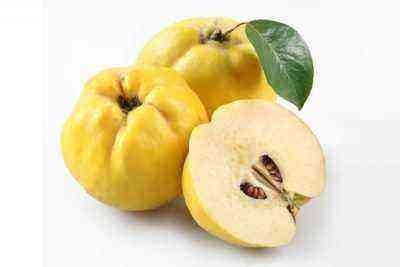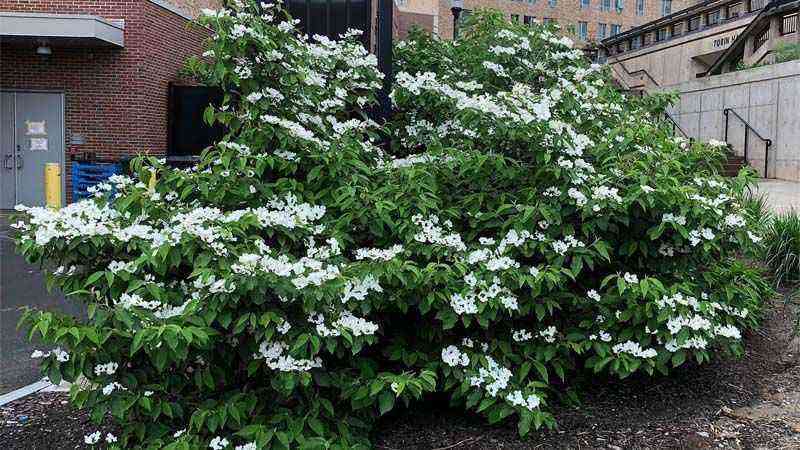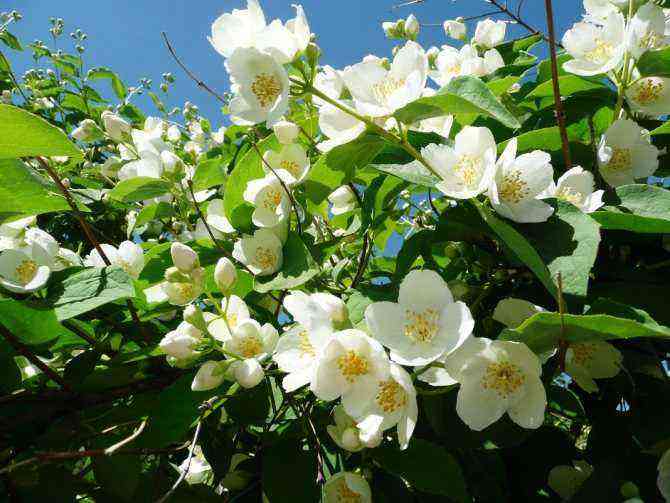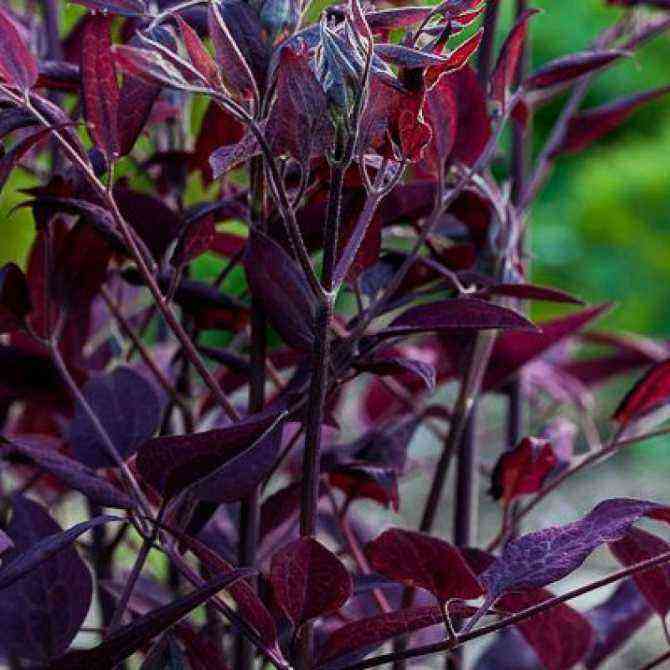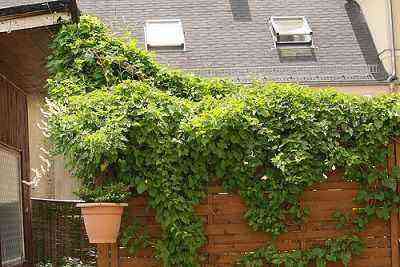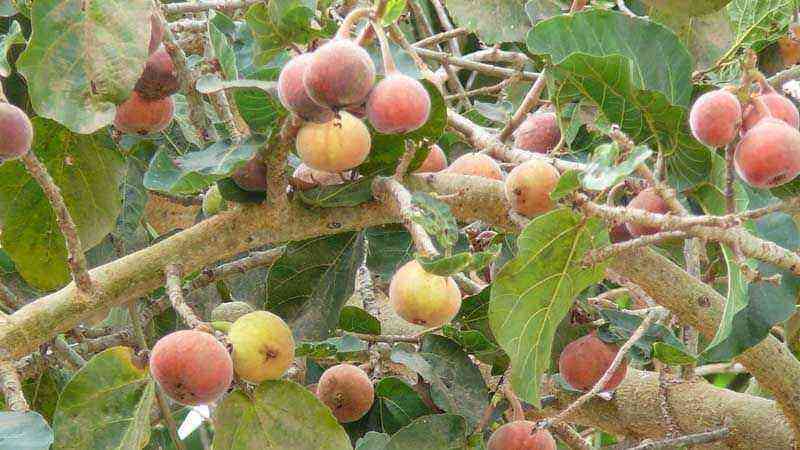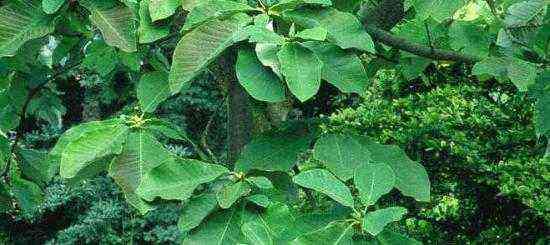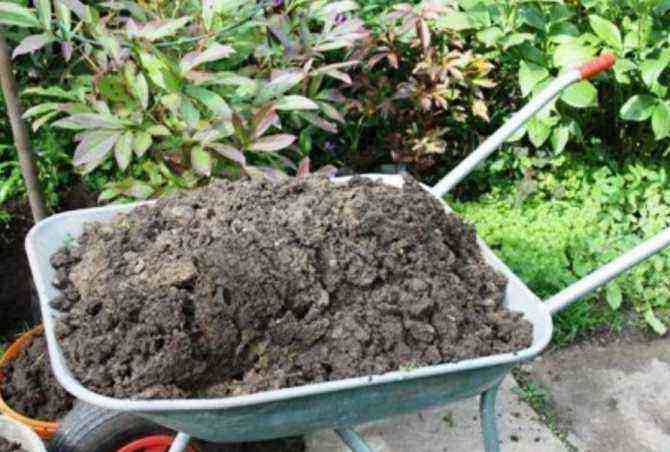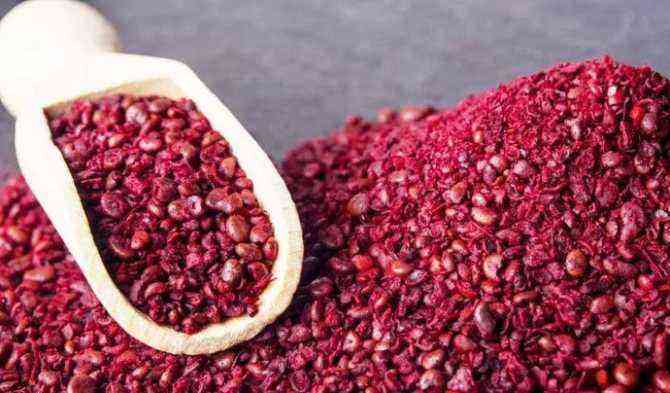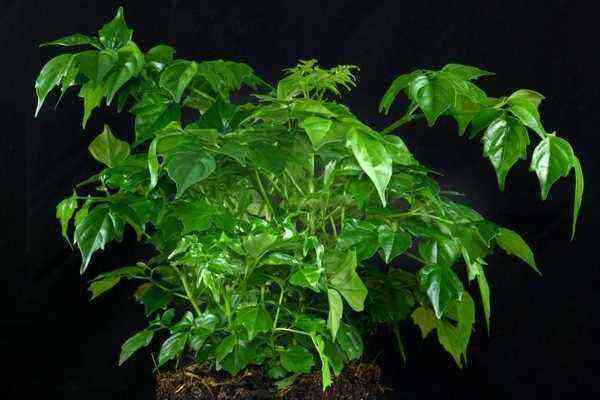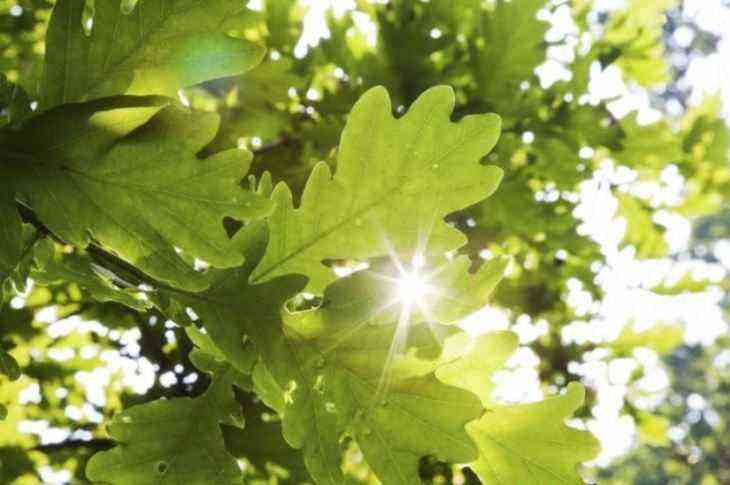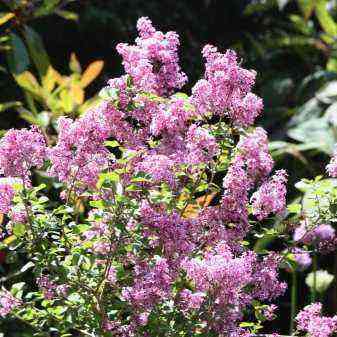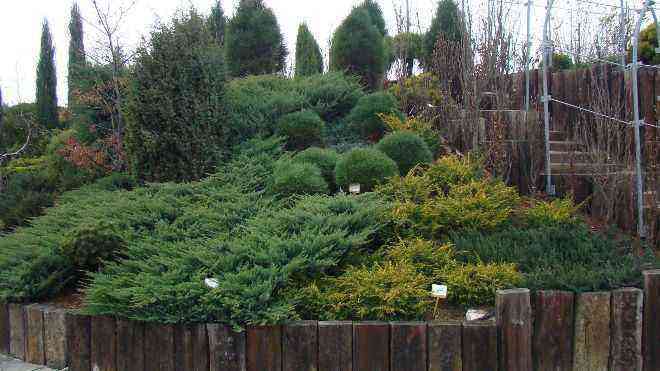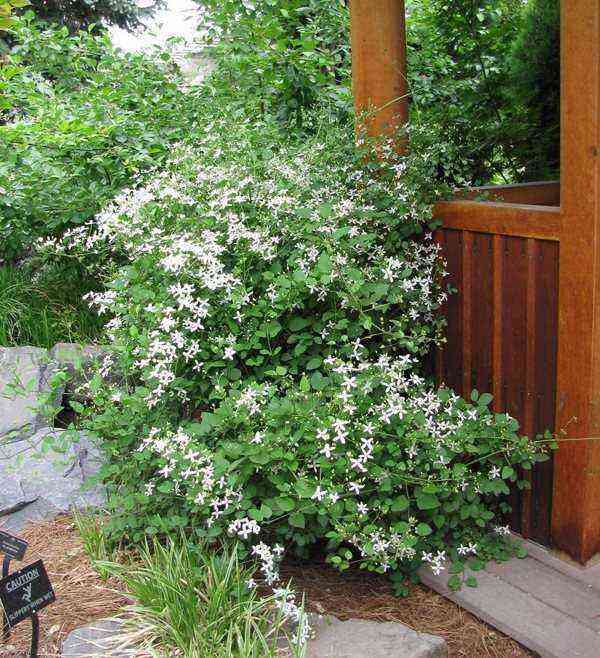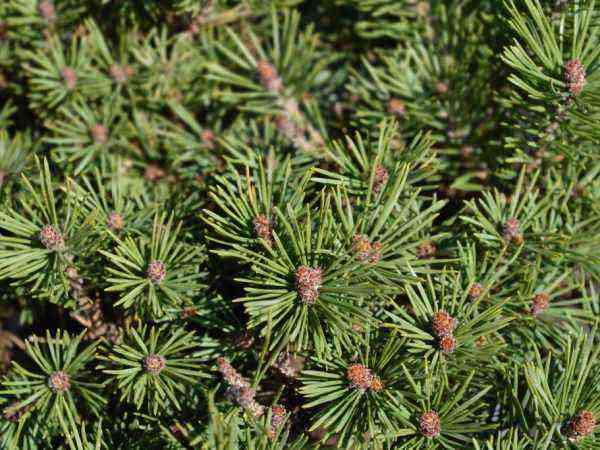Today we bring a type of carnation that does not usually come to mind when we mention the word carnation. The carnation of the poets It belongs to the family of the well-known carnation but it has its small differences that make it unique. We warn you that although it seems delicate, it resists very cold winter temperatures. Let’s see today how to grow it successfully in your garden.
Characteristics of the poets carnation
The carnation of the poetsDianthus barbatus) has numerous cultivars that develop very different colors. Pink, white, red, burgundy and even bicolor colors so if you are one of those who need harmony of color in your gardenYou can’t fault the color variety. They have rounded, serrated corollas that are reminiscent of the carnation. These, being somewhat smaller, but more numerous, dress the garden area that we want with great elegance.
If you also have problems with sizes, you are in luck, since there are dwarf cultivars, which do not reach 15 cm, and there are also varieties that can reach half a meter. As a flower to make bouquets it is very appropriate. In addition, the cut favors new blooms so do not be sorry to cut some for a vase at home! And on top of that they are very aromatic!
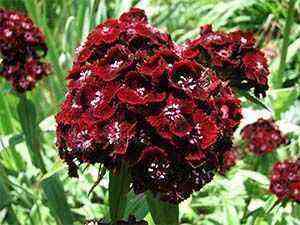
Carnation of the poets
Source: commons.wikimedia.org
Growing conditions in the garden
We always have the feeling that the pretty flowers are the most delicate. Sometimes it is true, however, there are many very beautiful garden flowers, and very resistant to cold weather conditions. The poets’ carnation is one of them and its cultivation is not difficult.
Environmental conditions
The calvel of the poets is grown very well for seeds. They are biennial plants and resist frost well. They grow well in good light conditions. They need full sun. They resist temperatures down to -15ºC so gardeners in cold areas are in luck!
What soil do I need?
The poets’ carnation needs well-drained soils. It also requires a substrate preparation prior to planting in which we must pay with compost of very good availability and very decomposed a few weeks before, in addition to adding some lime before planting. It is a plant that is more comfortable in neutral-limestone soils.
Sowing and flowering dates
Sowing can be done during spring-summer, (May-June). It can be done outdoors perfectly. The use of seedbeds is not necessary. They are sown 1 cm deep and covered with mulch. It is recommended stand out to promote lateral development and give it a bushy shape. It is advisable to sow in rows or rows, but once the summer is over, they can be transplanted and their positions changed to adapt the shape to our liking. Grouped they look very good.
One of the advantages of this flower is that while many of the flowers that we normally see announce the arrival of spring, the poets’ carnation shows its charms from the end of this season and the beginning of summer. Also, as we have mentioned before, don’t be afraid to cut them to give as gifts or for the interior of the house. If they are cut before the first ones begin to wither, we will favor a second flowering.
Regarding irrigation, it will be necessary to be aware in summer, for two reasons: It is warmer and the plant is in full bloom. So double motive. But beware of going overboard, it’s not good either.
Varieties of carnations of the poets
We mentioned in the introduction that there are normal or tall varieties and dwarf varieties. Here are a few:
High:
- Gemstones
- Harlequin
- Forerunner Mixed
- Monarch Mixed
Dwarfs:
- Dwarf Mixed
- Indian Carpet Mixed

